Troubleshooting LED Lights: Why Your Bulbs Stay On When Switched Off
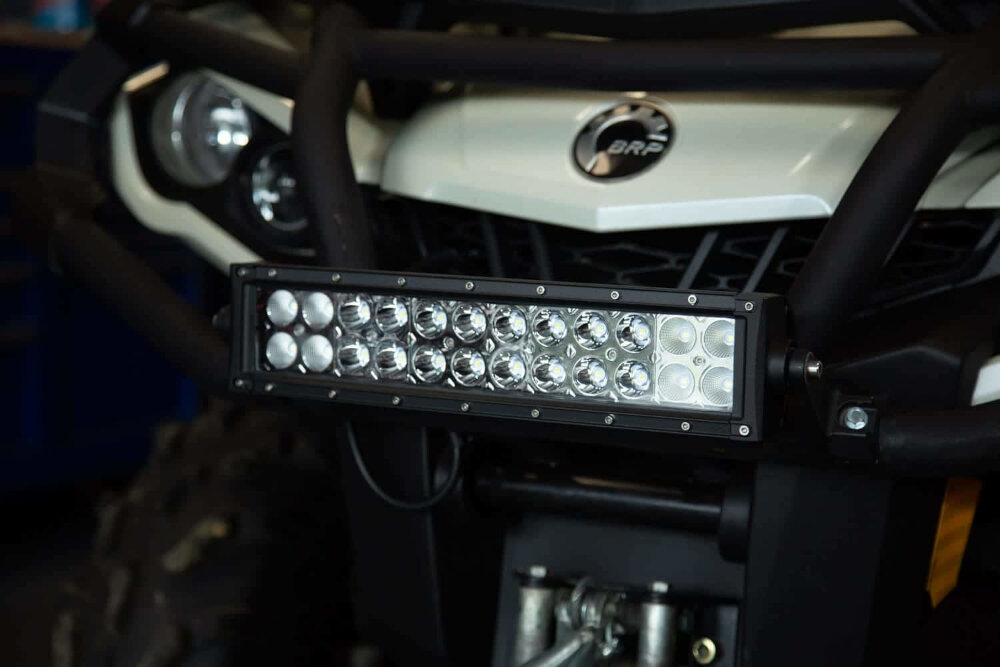
LED lights have revolutionized the lighting industry with their energy efficiency, longevity, and durability. However, like any other electrical device, LED lights can also malfunction. One of the most common issues with LED lights is that they may stay on even when switched off. This can be frustrating and also lead to unnecessary energy consumption. Therefore, it is essential to troubleshoot the problem and find a solution to ensure that your LED lights work as intended. Several reasons could cause LED lights to stay on when switched off. It could be a problem with the wiring, the switch, the power supply, or even the LED bulb itself. Understanding the root cause of the issue is crucial to fix it effectively. This article will discuss some of the common causes of LED lights staying on when switched off and provide troubleshooting tips to resolve the problem. By following these steps, you can ensure that your LED lights operate smoothly and efficiently, saving you money and reducing your carbon footprint.
LED lights, or Light Emitting Diodes, are electronic devices that emit light when an electric current passes through them. Unlike traditional incandescent bulbs, LEDs do not have a filament that can burn out over time. Instead, they rely on a semiconductor material that emits light when an electric current is applied. This process is called electroluminescence. LEDs are highly energy-efficient and long-lasting, making them an increasingly popular choice for lighting in homes and businesses. However, when LED bulbs stay on when switched off, it can be a sign of a wiring issue or faulty switch.
One of the most common problems with LED bulbs is that they stay on when switched off. This can be caused by several factors, such as faulty wiring, defective switches, or incompatible dimmer switches. Another major cause is the presence of residual voltage in the circuit, which keeps the LED bulbs energized even when the switch is turned off. In some cases, this residual voltage can be caused by electromagnetic interference or power surges, which can damage the LED drivers and cause them to malfunction. To prevent these issues, it’s important to ensure that the wiring and switches are properly installed and compatible with the LED bulbs, and to use surge protectors and voltage regulators to protect the circuit from power fluctuations.
Check for Switch Wiring Issues
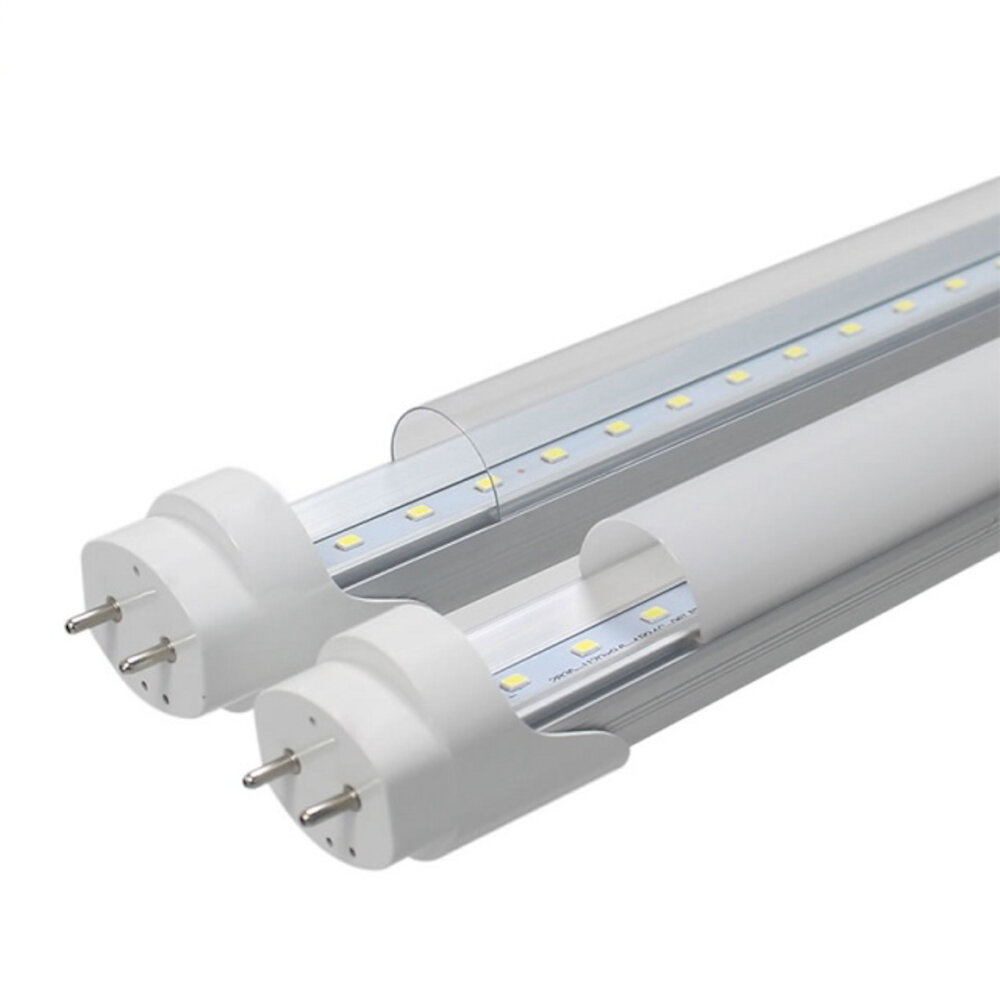
Checking for switch wiring issues is an essential step in troubleshooting LED lights that remain on even when they are switched off. One of the potential culprits for this issue is a faulty switch, and it is crucial to rule out this possibility before moving on to other possible causes. The first thing to do is to examine the switch and the wiring connected to it. Check for loose connections, frayed wires, or signs of damage. Ensure that the switch is correctly wired and that the wires are securely attached. If the switch is faulty, it may need to be replaced. Another possible cause for LED lights staying on when switched off is a wiring issue. Check the wiring that connects the light fixture to the switch and the wiring that connects the switch to the power source. Look for signs of damage, such as frayed or exposed wires, and ensure that all connections are secure. It is also essential to check the wiring for any signs of overload or short circuits, as these can cause the lights to stay on even when they are supposed to be off. If you detect any wiring issues, it is crucial to address them promptly to avoid any potential hazards or damage.
If your LED lights are staying on even when the switch is turned off, it could be due to a wiring issue. The first step in checking for wiring issues is to turn off the power supply to the circuit. Then, visually inspect the wiring connections for any loose or damaged wires. Check the wiring for any signs of burn marks or overheating, which could indicate a faulty connection. Next, use a multimeter to test the voltage at each connection point to ensure that there is no voltage present when the switch is off. If voltage is present, it could be due to a miswiring issue or a faulty switch. In this case, it is recommended to seek the assistance of a licensed electrician to ensure safe repairs.
When dealing with wiring issues in LED lights, there are several steps that can be taken to troubleshoot the problem. Firstly, ensure that the correct bulb is being used and that it is installed correctly. If the bulb appears to be fine, check the wiring for any loose connections or frayed wires. If there are any damaged wires, they should be replaced immediately. It is also important to check the switch and ensure that it is functioning properly. If the issue persists, it may be necessary to call in a professional electrician to further diagnose and repair the problem. By taking these steps, you can effectively identify and fix any wiring issues in your LED lights, ensuring they operate safely and efficiently.
Look for a Faulty Dimmer
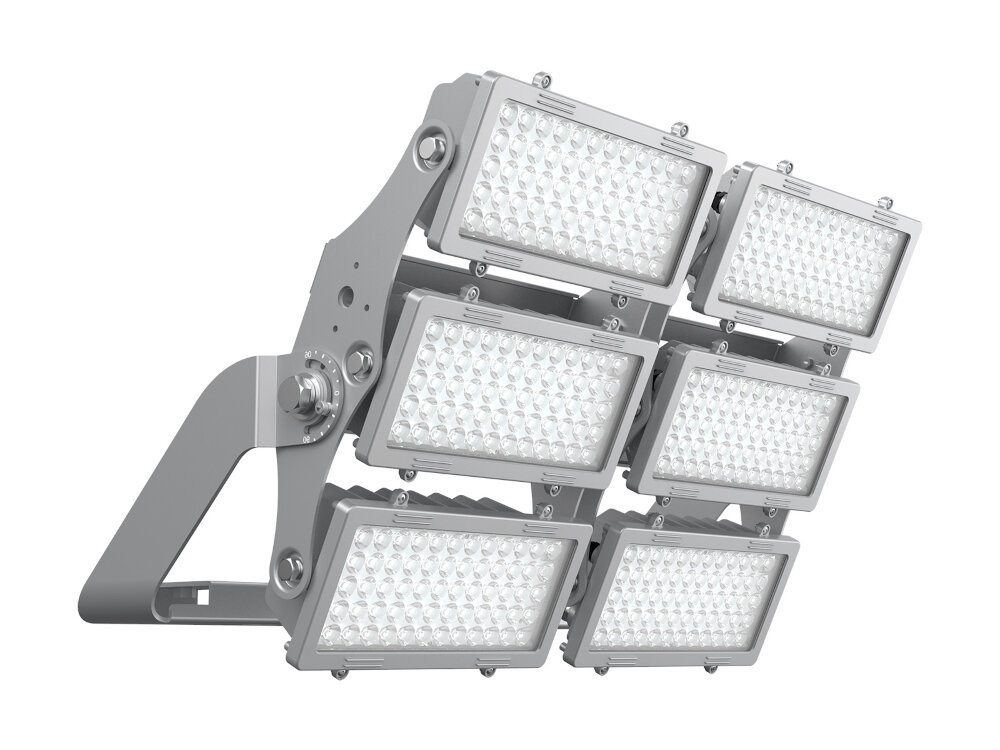
When troubleshooting LED lights, one common issue that homeowners may encounter is the problem of bulbs remaining on even when the switch is off. In such cases, the underlying cause is often a faulty dimmer switch. Dimmer switches are designed to regulate the amount of electricity that flows to the light bulbs, which in turn controls the brightness of the lights. However, when the dimmer switch malfunctions, it can cause the bulbs to remain partially lit even when the switch is turned off. To identify a faulty dimmer switch, homeowners can start by visually inspecting the switch for any signs of damage or wear and tear. They should also check if the switch feels hot to the touch, as this could indicate that it is overheating due to an excessive load of electricity. Additionally, homeowners can try replacing the switch with a new one to see if this resolves the issue. If the problem persists, it may be necessary to consult an electrician to perform a more thorough inspection and repair any wiring or circuitry issues that may be causing the dimmer switch to malfunction.
Dimmer switches are devices that are used to control the brightness of lights in a room. They work by reducing the amount of voltage that is delivered to the light bulbs, which in turn reduces the amount of light that is produced. This is achieved by using a triac, which is a type of electronic switch that can be turned on and off rapidly. When the switch is on, the voltage is delivered to the light bulb, and when it is off, the voltage is cut off. This rapid switching allows the light to be dimmed, as the amount of voltage that is delivered to the bulb is reduced. However, when using dimmer switches with LED lights, it is important to ensure that the switch is compatible with the bulbs, as some switches may not work properly with LED lights and can cause them to stay on when they are switched off.
If you are experiencing issues with your LED lights staying on when switched off, a faulty dimmer could be the culprit. In order to check for a faulty dimmer, begin by turning off the power to the circuit. Next, remove the dimmer switch cover plate and visually inspect the wiring to ensure it is secure and intact. Use a voltage tester to determine if there is any voltage present at the switch, and if so, the dimmer may need to be replaced. Additionally, if the dimmer switch feels hot to the touch, this could also indicate a faulty switch. It is important to address a faulty dimmer as soon as possible to prevent potential hazards such as electrical fires.
If you’re experiencing issues with your dimmer switch, there are a few steps you can take to try and fix the problem. First, check to see if the switch is compatible with the type of LED bulbs you’re using. If it’s not, you may need to replace the switch or bulbs. Next, make sure the wiring is connected properly and there are no loose connections. If everything appears to be in order, try resetting the dimmer switch by turning it off and on again. If none of these steps work, you may need to call a professional electrician to diagnose and fix the problem. Remember to always turn off the power before attempting any repairs to ensure your safety.
Check for Feedback
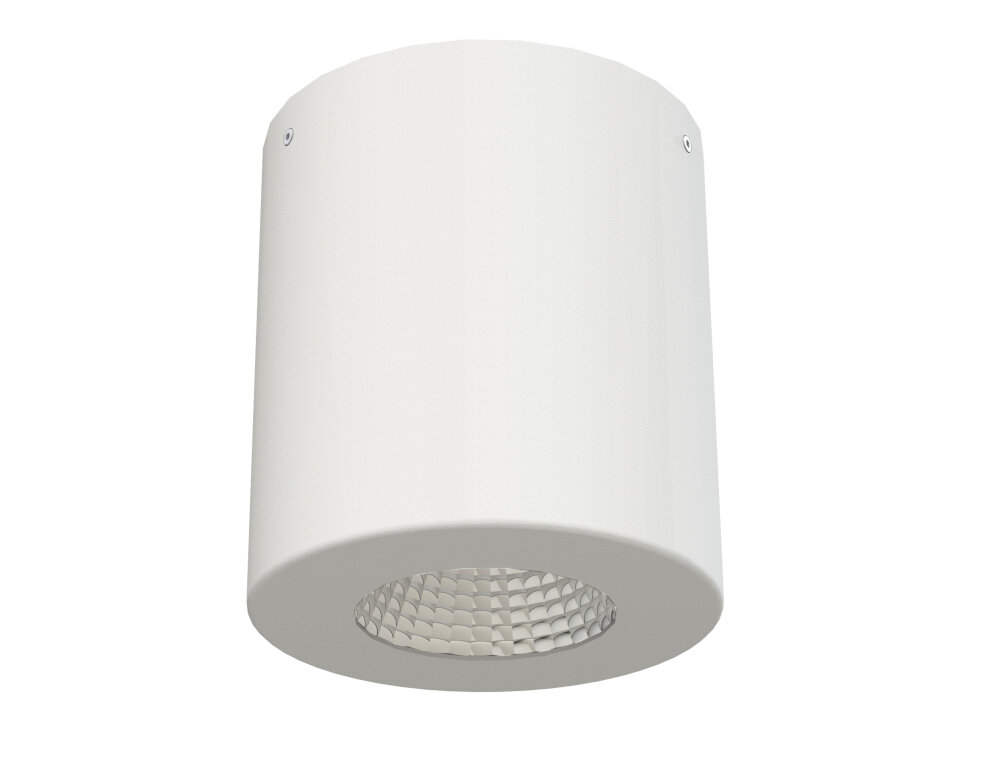
When troubleshooting LED lights, it is essential to check for feedback. This is because LED lights are sensitive to electrical feedback, which can cause them to remain on even when switched off. Feedback can occur for a variety of reasons, including faulty wiring, incompatible dimmer switches, or incorrect installation. To check for feedback, it is important to turn off the power supply to the LED lights and then use a multimeter to measure the voltage at the light switch. If there is any voltage present, it indicates that there is feedback and further investigation is required. This can involve checking the wiring and connections, replacing any faulty components, or adjusting the dimmer switch settings. It is important to address feedback issues promptly as they can cause LED lights to malfunction and reduce their lifespan. Additionally, feedback can also create a safety hazard as it can cause the lights to flicker or remain on, even when there is no intention to use them. By checking for feedback and addressing any issues, users can ensure that their LED lights function properly and safely, providing long-lasting and energy-efficient lighting solutions for their homes or businesses.
Feedback is the information that is provided to a system or component about its performance or behavior. In the case of LED lights, feedback can help troubleshoot why the bulbs stay on when switched off. This feedback can come in the form of visual cues, such as flickering or dimming lights, or through a multimeter to measure voltage or current. By analyzing this feedback, one can determine if there is a wiring issue, a faulty switch, or if the LED driver is malfunctioning. Without feedback, it can be challenging to identify the root cause of the problem and find a solution. Therefore, it is essential to pay attention to any feedback provided by the LED lights to troubleshoot the issue effectively.
To check for feedback when troubleshooting LED lights, the first step is to turn off the switch that controls the light. Then, using a multimeter set to measure AC voltage, touch the probes to the switch terminals. If there is any voltage reading, it means that there is feedback occurring. It is important to note that feedback can be caused by several factors such as faulty wiring or a defective switch. Therefore, it is essential to isolate the source of the problem before attempting any repairs. Additionally, it is recommended to consult with a licensed electrician to ensure proper and safe troubleshooting procedures.
When it comes to fixing feedback issues in LED lights, there are several steps you can take. First, try swapping out the bulb with a different one to see if the issue persists. If it does, check the wiring and connections to make sure everything is secure and properly connected. You may also want to consider adding a filter or noise suppressor to the circuit to reduce any interference. Additionally, make sure the power source is properly grounded and that there are no other electrical devices nearby that could be causing interference. By following these steps, you can effectively troubleshoot and fix feedback issues in your LED lights, ensuring they function properly and efficiently.
Consider Getting Professional Help
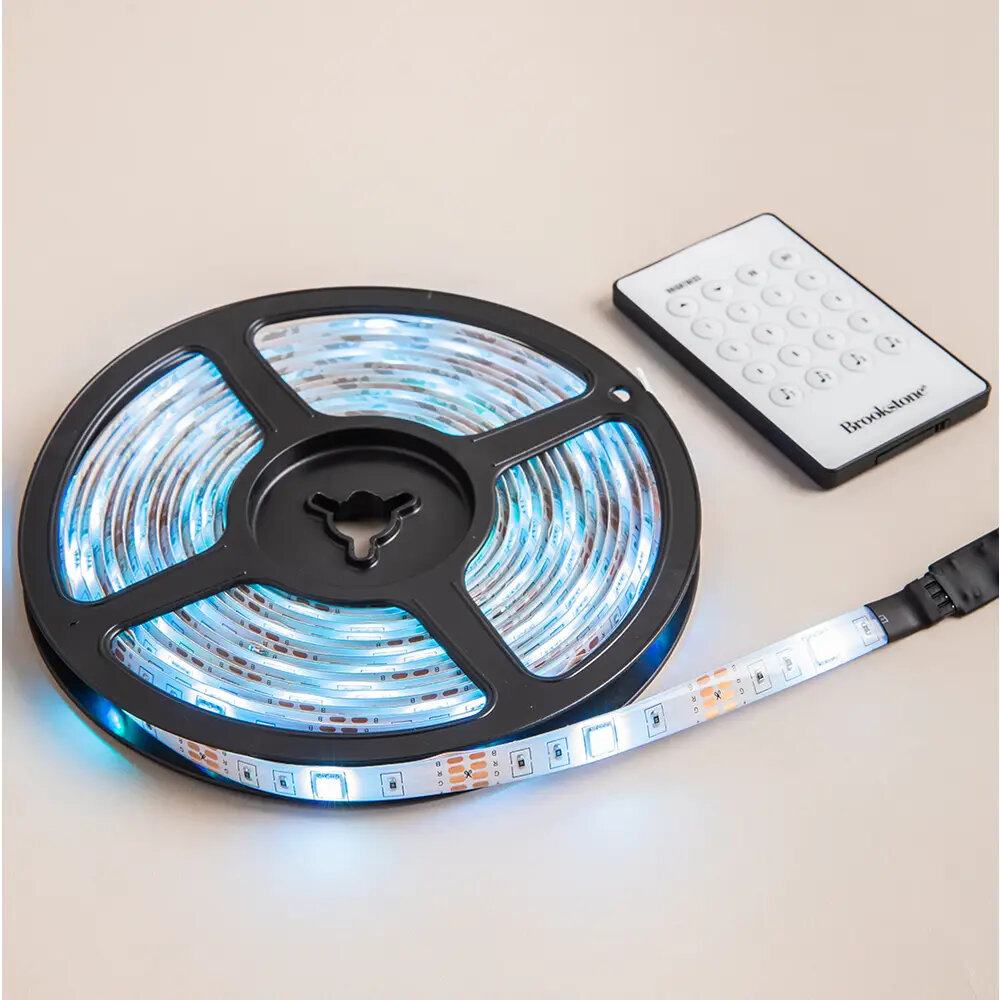
If you have tried all the troubleshooting steps and your LED lights are still staying on when they should be off, it might be time to consider getting professional help. This could save you time, money, and frustration in the long run. A professional electrician or lighting technician will have the expertise and specialized equipment needed to diagnose and fix the issue quickly and efficiently. They can also ensure that your wiring and electrical systems are up to code, reducing the risk of future problems. While it might be tempting to try and fix the problem yourself, remember that working with electricity can be dangerous if you don’t know what you’re doing. Hiring a professional will give you peace of mind and ensure that the job is done safely and correctly. Additionally, a professional can offer advice on how to maintain your LED lights and prevent future issues. Don’t hesitate to reach out to a trusted electrician or lighting technician if you’re struggling to solve the problem on your own.
If you’re experiencing issues with your LED lights, such as bulbs staying on when switched off, it may be time to consider getting professional help. While some problems can be easily fixed by replacing the bulbs or checking the wiring, more complex issues may require the expertise of an electrician or lighting technician. Attempting to fix the problem yourself can be dangerous and potentially cause further damage to your lighting system. By seeking professional help, you can ensure that the issue is properly diagnosed and resolved, and that your LED lights are functioning safely and efficiently.
When it comes to finding a qualified electrician to troubleshoot LED lights, there are a few key things to keep in mind. First and foremost, it’s important to look for someone who is licensed and insured, as this will help protect you in case anything goes wrong. You should also look for an electrician who has experience working with LED lights specifically, as this will ensure that they have the knowledge and expertise needed to diagnose and fix any issues you may be having. Additionally, it can be helpful to read reviews from past customers to get a sense of the electrician’s reputation and level of customer service. By taking the time to find a qualified electrician, you can ensure that your LED lights are working properly and efficiently, and that you’re not wasting energy or money on bulbs that stay on when they’re supposed to be off.
When dealing with electrical issues, it’s best to seek the assistance of a professional electrician who has the knowledge and expertise to handle the task safely and efficiently. A professional electrician will have the necessary tools and equipment to diagnose and troubleshoot the root cause of the problem. They will also have a deep understanding of electrical codes and regulations, ensuring that the work is done in compliance with safety standards. Additionally, a professional electrician will communicate clearly and effectively, providing you with a detailed explanation of the issue and the steps required to fix it. They will also be respectful of your time and property, working quickly and cleanly to minimize any disruption to your home or business. Overall, you can expect a professional electrician to provide a reliable, high-quality service that gives you peace of mind and ensures the safety of your property.
LED bulbs staying on when switched off can be a frustrating issue to deal with. There are several possible causes for this problem. One of the most common causes is a faulty switch. A switch that is not working properly can cause the LED bulb to stay on, even when it should be turned off. Another possible cause is a wiring issue. If the wiring is not properly connected, it can cause the LED bulb to stay on. Additionally, a dimmer switch that is not compatible with the LED bulb can also cause this problem. It is important to troubleshoot the issue to determine the exact cause and find an appropriate solution.
It is crucial to address the problem of LED lights staying on when switched off promptly. Ignoring the issue can lead to a waste of energy and money, as well as potential safety hazards. If the lights remain on, they can overheat and cause damage to the light fixture or surrounding objects. Additionally, leaving the lights on can increase your electricity bill, which can cause a significant impact on your budget. By addressing the problem quickly, you can save yourself from these consequences and ensure the safety of your home. Therefore, it is essential to troubleshoot the issue as soon as possible to avoid any further problems.
When it comes to working with electricity, safety should always be the number one priority. As tempting as it may be to rush through a project or take shortcuts, the consequences of electrocution or fire can be devastating. Whether you’re a professional electrician or a DIY enthusiast, it’s crucial to take the necessary precautions to protect yourself and those around you. This includes wearing appropriate protective gear, ensuring all equipment is in good working condition, following proper wiring procedures, and always double-checking that the power is turned off before starting any work. By prioritizing safety, you can prevent accidents and ensure that your projects are completed successfully without any harm to yourself or others.
Conclusion
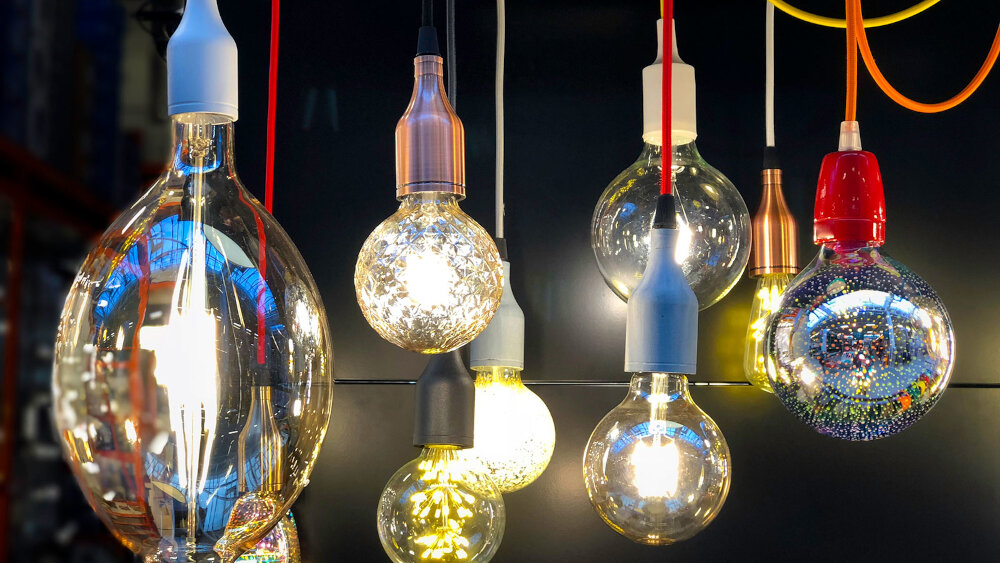
In conclusion, troubleshooting LED lights can be a challenging task, especially when your bulbs stay on even when switched off. However, by carefully examining the wiring connections, checking for faulty switches, or replacing defective components, you can easily fix the problem and restore the functionality of your LED lights. It’s important to remember that electrical safety should always be a top priority when dealing with any lighting issues, and seeking professional assistance when necessary can ensure the safety and optimal performance of your LED lights. By taking the time to properly diagnose and address any issues with your LED lights, you can enjoy the benefits of efficient and reliable lighting for years to come.




